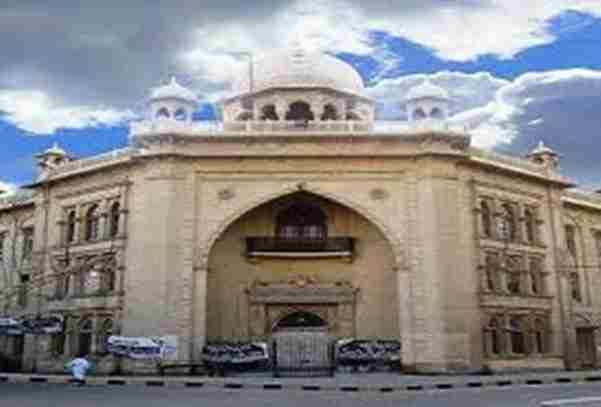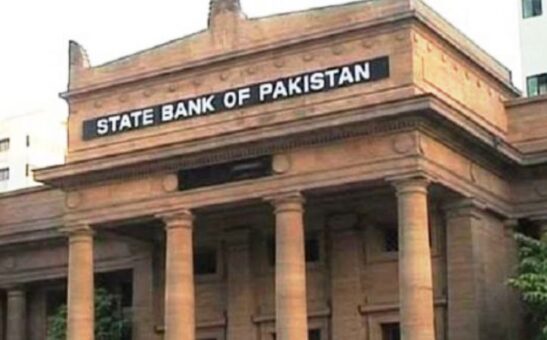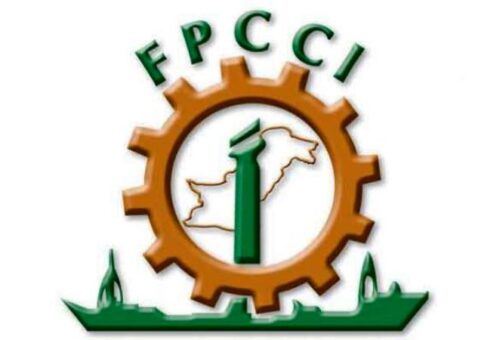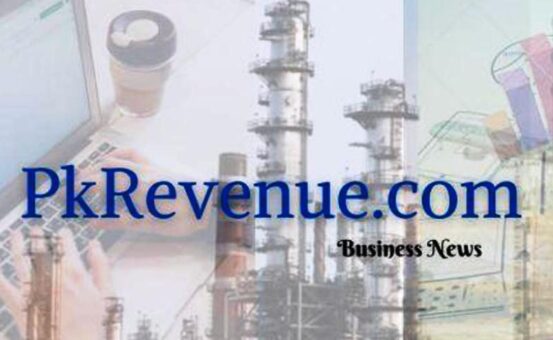KARACHI: Karachi Chamber of Commerce and Industry (KCCI) is not satisfied with one percent interest rate cut by the State Bank of Pakistan (SBP) and said it is very little reduction.
Chairman Businessmen Group (BMG) and Former President Karachi Chamber of Commerce & Industry (KCCI) Siraj Kassam Teli and President KCCI Agha Shahab Ahmed Khan, have expressed disappointment over a meager reduction of just one percent in Policy Rate by the State Bank of Pakistan, terming it “too little, too late”.
They stated that for a long time even before the pandemic, KCCI has consistently demanded to bring the policy rate to down to 4 percent in one go rather than in instalments.
Reduction in policy rate in bits and pieces did not provide the much needed thrust to economy whereas a one-time major reduction to 4 percent could have triggered growth and accelerated economic activities.
Reduction in policy rate in bits and pieces is not enough to provide stimulus to the economy hence, it is necessary to significantly reduce the interest rate in a single step, to rescue the trade and industry which is going through an unprecedented crisis.
Revision in policy rate to 7 percent will effectively mean the interest rate for large scale borrowers will be 8 percent to 9 percent after adding the bank’s spread while it will not be less than 10 percent to 12 percent for smaller entities.
In a statement, Siraj Teli and Agha Shahab pointed out that the business and industrial community is going through difficult times and many will not be able to survive through the economic crisis.
Nearly all major economies have supported businesses by reducing their policy rates to as low as zero percent realizing the gravity of a global economic meltdown and its impact on businesses.
It is surprising that the decision makers at the SBP and the governor do not have the perception of ground realities of Pakistan and the serious economic challenges the country will have to face in the near future if growth does not pick up soon.
They opined that there is now ample justification for meaningful reduction in policy rate because the inflation has declined sharply due to a steep fall in prices of crude oil, commodities and raw materials, while the demand has also been suppressed.
Therefore, it is imperative to support the business and industrial community at such a critical time through further reduction in policy rate.
Chairman BMG and President KCCI underlined the fact that KCCI had expressed reservations to the Prime Minister of Pakistan on various occasions and also to Governor State Bank of Pakistan during his last visit to KCCI before pandemic about astronomically high interest rates which stifled growth and increased cost of doing business.
They hoped that realizing the gravity of the situation, the State Bank would once again review its Monetary Policy at the earliest and revise the policy rate downward by another 300 basis points to provide much needed thrust to economy and trigger growth in the face of upcoming challenges created by Covid-19 pandemic that has affected the entire world.



